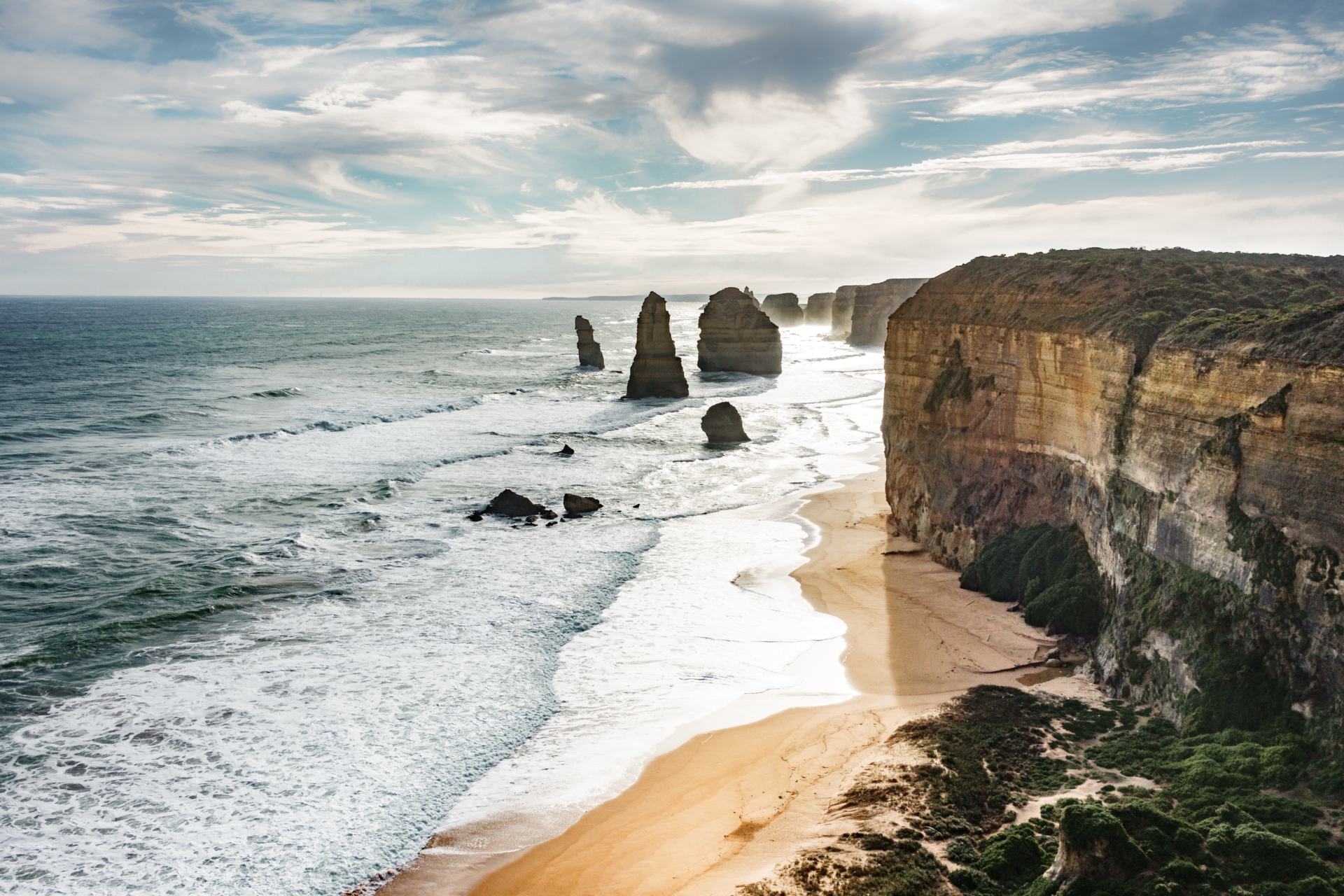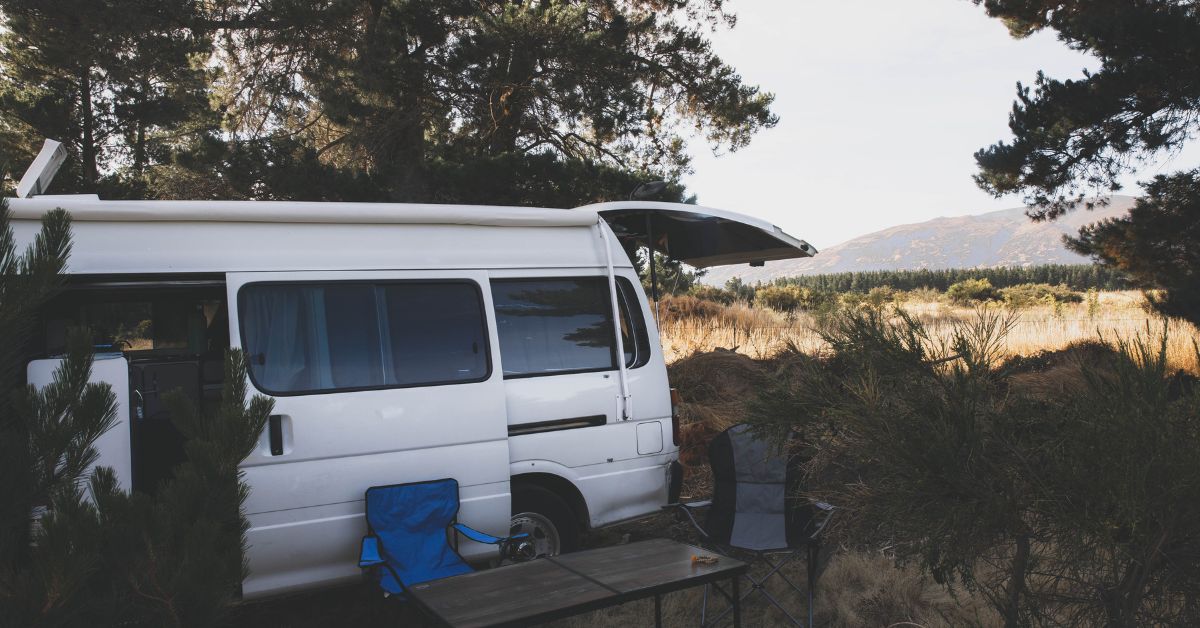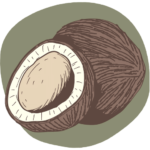The Great Ocean Road is arguably the most famous road trip in Australia, and for good reasons! You will drive right next to the ocean, passing stunning beaches and lovely little towns.
Every corner looks more photogenic than the previous one and you’ll want to stop every 10 km, I promise!
The Great Ocean Road was the first road trip we took with our van, and we had the most amazing time. It’s truly a must-do for everyone visiting Australia.
If this is a first time for you as well, or if you are traveling soon to Australia, make sure to download my printable packing checklist, so that you don’t forget anything!

The Great Ocean Road quick facts
The famous trail starts in Torquay and ends, after 243 km, in Allansford. You could easily complete the Great Ocean Road in a couple of days, but I’ll suggest you take at least 5 full days, or you’ll have to squeeze too many viewpoints!
TRAVEL TIP: Allow as much time as you can, so you can explore the area easily and with no rush! Remember that the Great Ocean Road is famous worldwide and can get busy during the day. Try to strategically visit your favorite attractions by waking up early or going at sunset, and you’ll have the place to yourself!
Self-driving is the best option, as you can stop anywhere you want along the way and you’ll have the freedom to explore nearby waterfalls and parks.
QUICK TIP: Always stop in the designated areas, as parking along the Great Ocean Road itself is illegal. The area is constantly patrolled and you’ll get a fine! There are plenty of parking you can use, and they all have spectacular views!
It’s better to drive the Great Ocean Road in spring/summer (October-March), as Melbourne and the whole Victoria state can get a bit cold during winter!
We started in Melbourne in January and decided to include two other cities, Geelong and Queenscliff, which are totally worth it and, anyway, you’ll have to pass through.
Geelong & Queenscliff
We were attracted to this first city because of an ex powerhouse, totally converted into a street art gallery. Geelong is home to a huge (and free) Aboriginal cultural center, where we played with some wallabies and emus before enjoying the sunset on the beach.


Queenscliff, on the other hand, is a lovely small village, pretty popular among Melbourian. You can spot some seals from the lighthouse and stroll around before going back to your car and head to Torquay.
Bells Beach
Probably one of the most famous and iconic beach in the surf world, Bells Beach host the annual Rip Curl Pro and it’s the first viewpoint in your Great Ocean Road trip.

Lorne
This lovely city is halfway between Melbourne and the Twelve Apostles and a necessary stop. The vibe is incredibly relaxing and I would suggest you stay there as long as you feel like.
We stayed actually a couple of days and I would be more than happy to go back there. Just take a walk in the city, or do morning yoga in one of the many yoga studios right on the beach.
Erskine Falls
Less than a half-hour drive from Lorne, you’ll find the Erskine falls. I highly suggest this stop, ’cause driving through that park was total bliss. The park itself is really peaceful and you could take many walks.

Melba Gully forest walk
Many travelers simply skip this walk, but I urge you to stop and take the time to do this easy 30 min walk in the rain forest! It’s nice to change the scenery for a while and immerse yourself in this green paradise.
If you arrive there after dark, you are likely to see colonies of glow worms!
Gibson steps
After reaching Apollo Bay, you are going to come across the Great Ocean Road’s busiest and most gorgeous attractions, starting with Gibson steps.
From there, you’ll be able to see two spectacular stacks. Even though they are not considered part of the 12 Apostles, they are worth a visit anyway.

12 Apostoles
Finally, 12 Apostoles. This is the golden ticket of the whole Great Ocean Road, and a must-see!
Words can’t describe the view of those gorgeous stacks. The only thing I can say is: hurry up! The rocks formations are slowly being eroded away and will soon disappear into the ocean. Despite the name, only 8 stacks are now standing.


Loch ard Gorge
This spot is a bit less known compared to the 12 Apostles, but it’s worth a view. It was named after a ship, Loch Ard, that sank in front of this coastline.

The Grotto
The Grotto was actually formed by ocean waves! From the lower viewing platform, you can look right through the rocks and see the ocean on the other side.

The London Bridge
The London Bridge has a fascinating story. Previous to this rock formation, a naturally formed bridge connected a little island to the mainland.
Unfortunately, in 1990, the bridge collapsed into the ocean and left two tourists on the island for several hours before a helicopter rescued them!
Because the bridge is now missing, this rock formation is now known as London Arche.

The Arch


We didn’t make it till the end, and we surely missed some attractions. The only problem with the Great Ocean Road is that there are too many breathtaking spots and sometimes can be overwhelming.
Consider slow traveling! Allowing yourself to relax and take this trip slowly is a great way to have a truly rewarding road trip. Don’t force yourself to visit ALL attractions, but simply explore the area without too much planning!
Read my complete guide to slow travel here!

Did you drive the Great Ocean Road already? Which was your favorite-ever stop?
If you liked reading this, help me sharing!



And don’t forget your printable checklist here!












